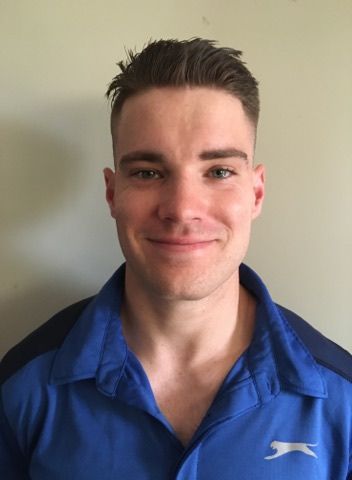Elbow Pain – Tennis Elbow Vs Golfer’s Elbow
Have you recently found a passion for either tennis or golf? If you have, it is likely you have played it as often as possible to improve your skill set and potentially get the bragging rights over your friends. I mean who doesn’t want a win over a mate? Unfortunately however, your ability to keep playing is probably derailed due to the development of elbow pain. If this is you then you need to visit your osteopath for a thorough examination and diagnosis.
The elbow joint is formed by three bones: the humerus (upper arm), the ulna and radius (two bones in the forearm). The humerus has two raised bumps known as epicondyles on its end closest to the elbow joint itself (distal end). The lateral epicondyle is located on the outside of the distal humerus, while the medial epicondyle is located on the inside of the distal humerus. After explaining to your osteopath that your elbow pain developed after regular golf or tennis, they would complete their examination and likely diagnose you with tennis or golfer’s elbow.
What is Golfer’s and Tennis Elbow?
Tennis Elbow is medically known as lateral epicondylalgia and it is a tendinopathytype of injury. As the name suggests the pain and injury is located on the lateral epicondyle of the humerus. The tendinopathy occurs in the extensor muscles of the forearm, which originate on the lateral epicondyle of the humerus. Although frequent in tennis players who repeatedly forcibly extend their wrist on the backhand shot, it is more common in manual workers who perform tasks which constantly stress the extensor tendons. Manual tasks such as computer typing, carpenters and hair dressing can frequently result in ‘tennis elbow’.
Golfer’s elbow is 7 times less common than tennis elbow and is medically known as medial epicondylalgia. It is also a tendinopathy type injury and the location of the injury is on the medial epicondyle of the humerus. The muscles affected in the tendinopathy are the forearm flexor and pronator muscles, which attach to the medial epicondyle of the humerus. Although frequent in golfers, it is also commonly seen in throwing based athletes (baseball, cricket) and weightlifting. However over 90% of cases are not due to sport and are due to occupations suchas construction and plumbing. What causes the tendinopathy?As can be seen, it is the repetitive forceful action of the forearm muscles being frequently utilized that ultimately results in both forms of tendinopathies. Repetitive forceful extension of the wrist (a common action in tennis) can result in tennis elbow. While repetitive forceful flexion of the wrist and gripping (common action in the golf swing) can result in golfer’s elbow.
Treatment
Your osteopath will use a variety of techniques such as soft tissue massage, mobilisation, manipulation and dry needling in a treatment consultation. The most important part of the recovery process is to complete rehabilitation exercises. Numerous studies have shown the benefits of exercise for tendinopathy injuries, including tennis and golfer’s elbow. Your osteopath will write up an appropriate rehabilitation program that will lead to full recovery and you getting the win over your mate in your sport.
Written by: Dr Jackson Redfern – Associate Osteopath – MOVE Osteopathy Alexandra Hills

Dr Jackson Redfern (Osteopath) graduated from Victoria University in Melbourne. He graduated with aBachelor of Science and a Master of Health Science.He is available from Monday-Wednesday and also Friday-Saturday at our Alexandra Hills Clinic
To make an appointment with Jackson please book here
